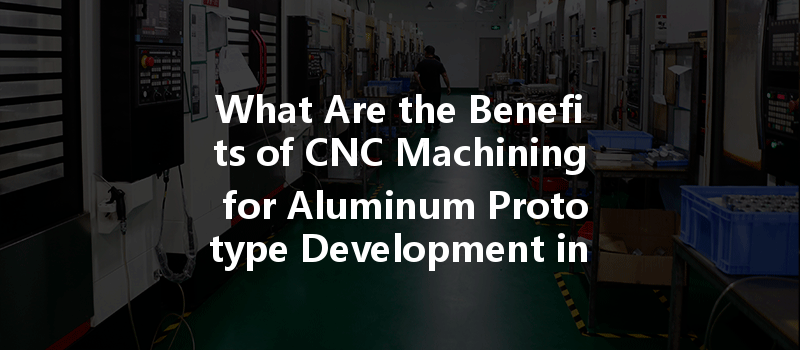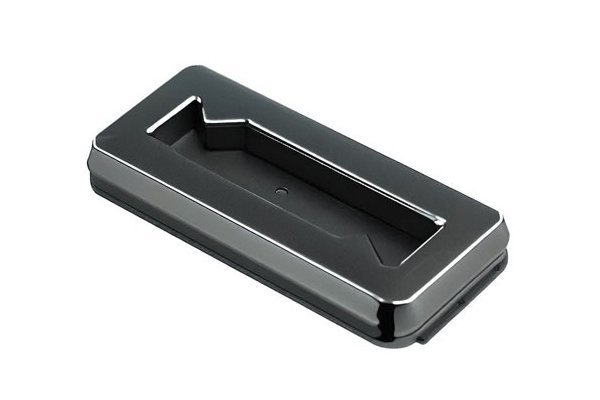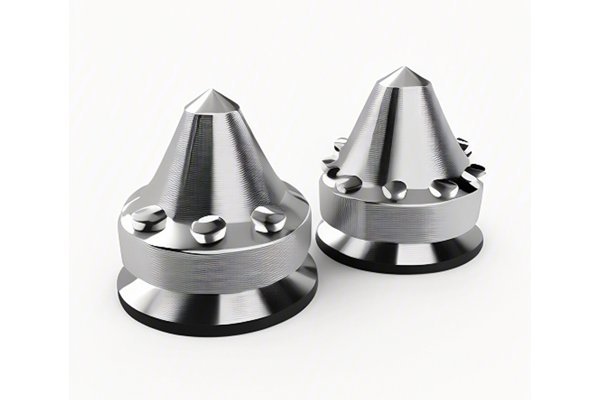Did you know that the global CNC machining market is projected to reach a staggering $118.5 billion by 2027, growing at a compound annual growth rate (CAGR) of 6.6%? This explosive growth demonstrates the increasing reliance on advanced manufacturing technologies to meet the demands of various industries. One of the standout applications of Computer Numerical Control (CNC) machining is in the development of aluminum prototypes. In this blog post, we will explore the numerous benefits of using CNC machining for aluminum prototype development, as well as delve into the solutions it offers to common manufacturing challenges.
Understanding CNC Machining
CNC machining is a subtractive manufacturing process that utilizes computer-controlled machines to create precise parts and components from various materials, including metals, plastics, and composites. This technology allows manufacturers to automate processes that would typically require manual labor, resulting in increased efficiency, improved accuracy, and reduced production times.
Aluminum, known for its lightweight properties, strength, and corrosion resistance, is a popular choice for prototype development. CNC machining excels in fabricating aluminum prototypes, as it allows for complex geometries, tight tolerances, and surface finishes that are vital for functional testing and product validation.
The Advantages of CNC Machining for Aluminum Prototypes
One of the most significant benefits of CNC machining is its ability to produce components with exceptional precision and accuracy. CNC machines operate using programmed commands that dictate the movement of the cutting tool and workpiece, allowing for intricate designs and fine tolerances to be achieved. When developing aluminum prototypes, precision is critical to ensure that the final product meets specifications and functions seamlessly.
In today’s fast-paced manufacturing environment, rapid prototyping is essential for bringing products to market quickly. CNC machining enables manufacturers to produce aluminum prototypes in shorter timeframes compared to traditional manufacturing methods. By utilizing advanced CNC machines, engineers can quickly iterate on designs, test functionalities, and make necessary adjustments, leading to a more efficient development process.
CNC machining provides unparalleled versatility in design capabilities. Whether you need simple geometric shapes or intricate structures, CNC machines can accommodate a wide range of designs. This flexibility is particularly beneficial for industries such as aerospace, automotive, and consumer electronics, where prototype designs often require complex features. Aluminum’s favorable characteristics make it an excellent choice for various applications, from structural components to aesthetically pleasing enclosures.
While the initial investment in CNC machinery may be high, the long-term cost-effectiveness cannot be overlooked. CNC machining reduces labor costs by automating processes, minimizes material waste through precision cutting, and streamlines production workflows. For businesses looking to test new products without breaking the bank, CNC machining offers a financially sound solution for aluminum prototype development.
Surface finish plays a crucial role in the functionality and appearance of prototypes. CNC machining can achieve superior surface finishes, making it an ideal choice for aluminum components that will undergo further processing, such as anodizing or painting. The ability to achieve a high-quality surface finish not only enhances the aesthetic appeal of a prototype but also ensures better performance in applications where friction and wear are concern.
Aluminum is known for its high strength-to-weight ratio, making it a preferred material in various industries. CNC machining preserves the material integrity of aluminum, ensuring that prototypes maintain their strength and durability through the manufacturing process. Additionally, CNC machines are capable of working with different grades of aluminum, allowing for tailored solutions based on specific project requirements.
In many cases, a prototype may comprise multiple components that require assembly. CNC machining allows for the production of parts that are designed for easy assembly, reducing complexity and potential failure points. By streamlining the assembly process, manufacturers can save time and resources while ensuring a better-quality end product.
Addressing Common Manufacturing Challenges
While CNC machining for aluminum prototypes offers numerous advantages, it also presents certain challenges. Below, we explore the most common challenges and their corresponding solutions:

Challenge 1: Design Limitations
Solution: Collaborating closely with design engineers during the initial stages of prototype development can help identify potential design limitations. Utilizing CAD software to simulate the CNC machining process can reveal issues that may arise during manufacturing, allowing for adjustments before production begins.
Challenge 2: Material Selection
Solution: Selecting the right aluminum alloy is crucial for achieving the desired properties in a prototype. Understanding the mechanical and physical properties of various aluminum alloys can aid in making informed material choices. Consulting with material experts can also facilitate better decision-making during the design phase.
Challenge 3: Cost Management
Solution: By conducting a thorough cost analysis before initiating the CNC machining process, manufacturers can identify opportunities to optimize production. Factors such as batch sizes, tooling costs, and time allowances should be considered when budgeting for aluminum prototype development.
Challenge 4: Meeting Tolerance Requirements
Solution: Advances in CNC technology have made it increasingly easier to achieve tight tolerances. Selecting the right machining technique, tool paths, and cutting parameters for a specific project can help ensure that prototypes meet required tolerances.
Process Overview: CNC Machining for Aluminum Prototypes
To give you a clearer picture of how CNC machining works for aluminum prototypes, here’s a brief overview of the typical process:
CNC machining has revolutionized the way manufacturers approach prototype development, particularly in the realm of aluminum. With its unparalleled precision, rapid prototyping capabilities, material integrity, and cost-effectiveness, CNC machining offers a comprehensive solution for various industries facing the challenges of modern product development.
By understanding the benefits and addressing common challenges associated with CNC machining, businesses can leverage this technology to create high-quality aluminum prototypes that pave the way for innovative products in the market.
As the demand for advanced manufacturing solutions continues to rise, considering CNC machining for aluminum prototypes becomes not just beneficial, but essential to stay competitive. This blog ultimately underscores the need for industry stakeholders to embrace CNC technology to streamline their processes, enhance product quality, and respond effectively to the ever-evolving market landscape. Adopting these insights could be the key differentiator in achieving success in today’s dynamic manufacturing environment.






